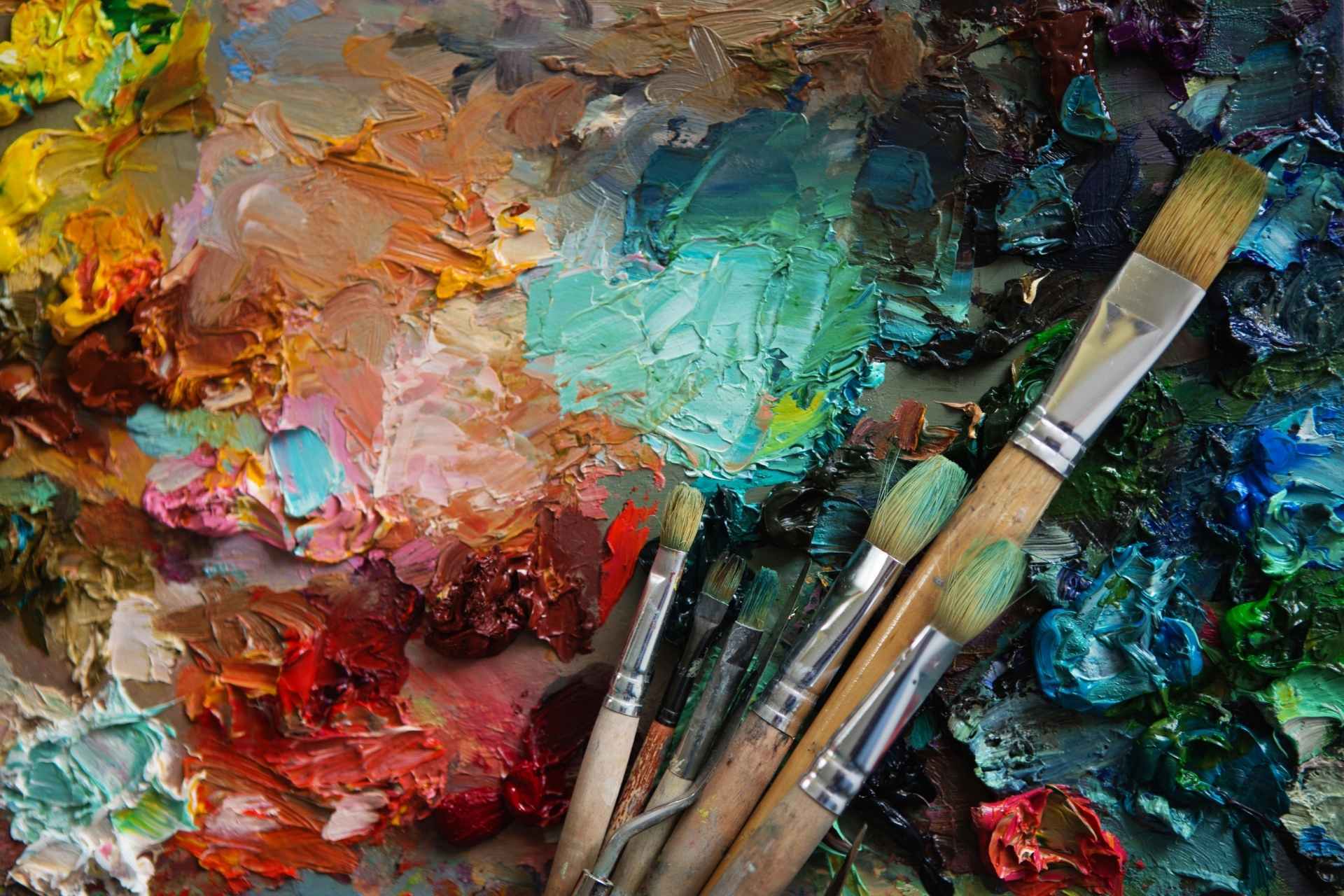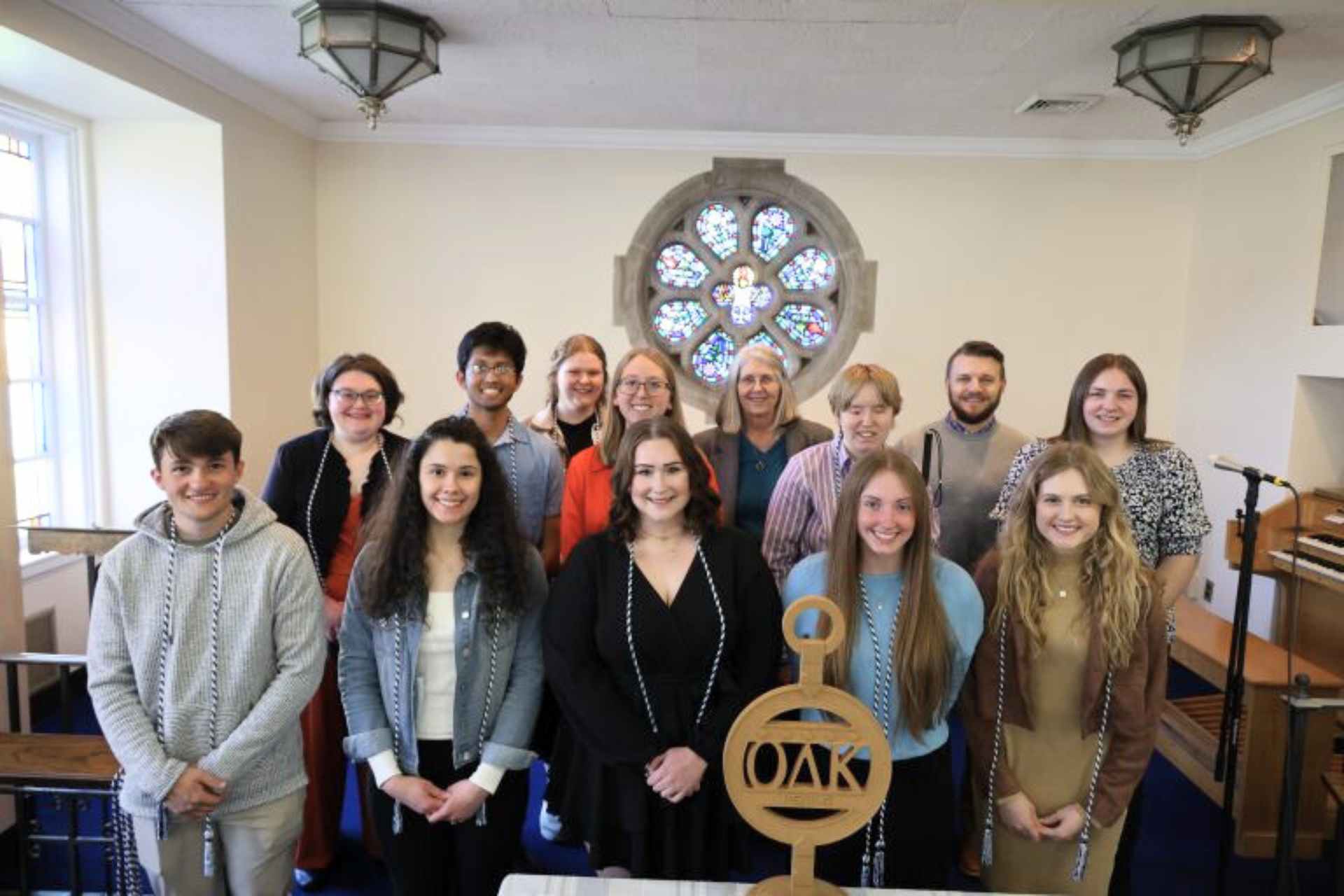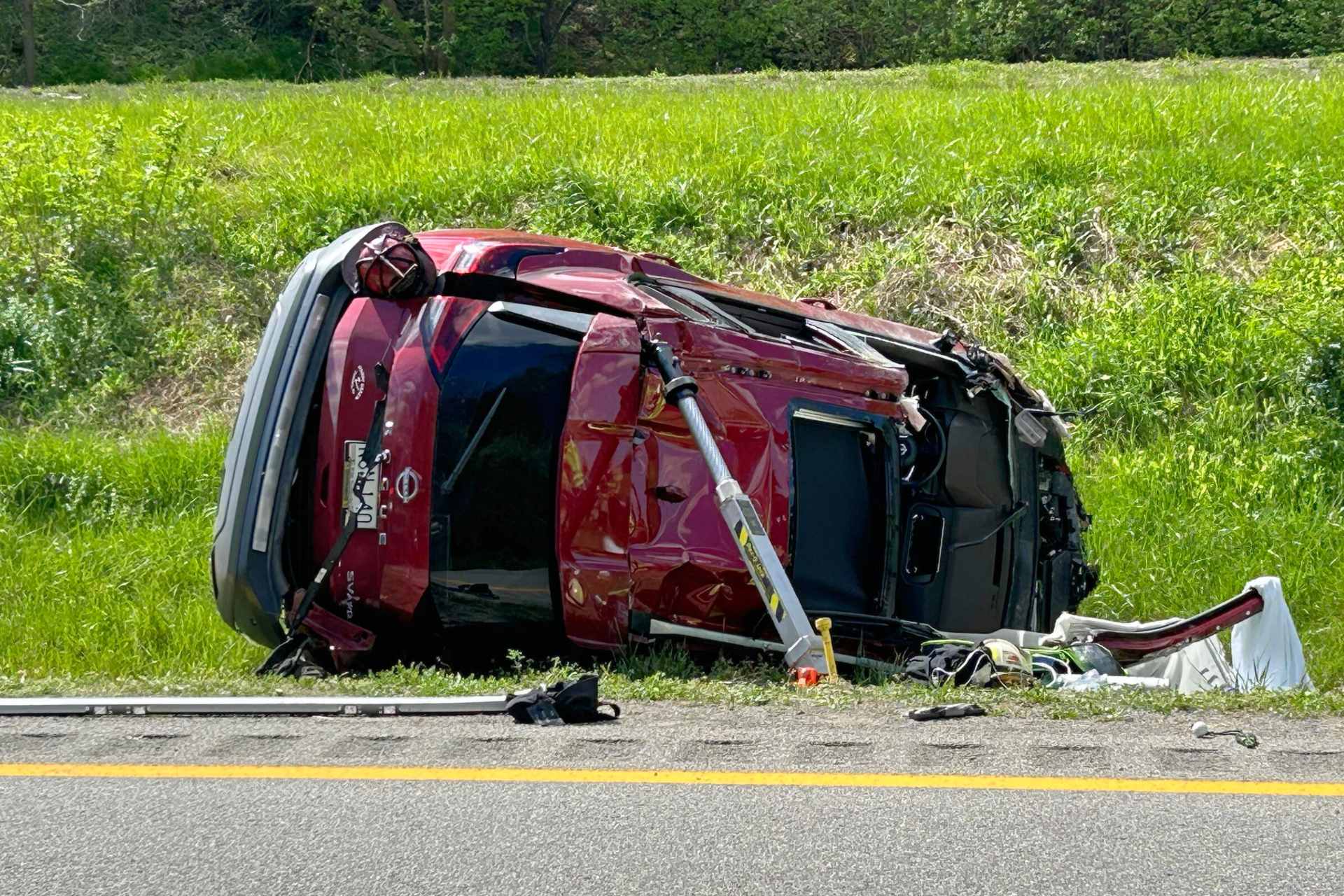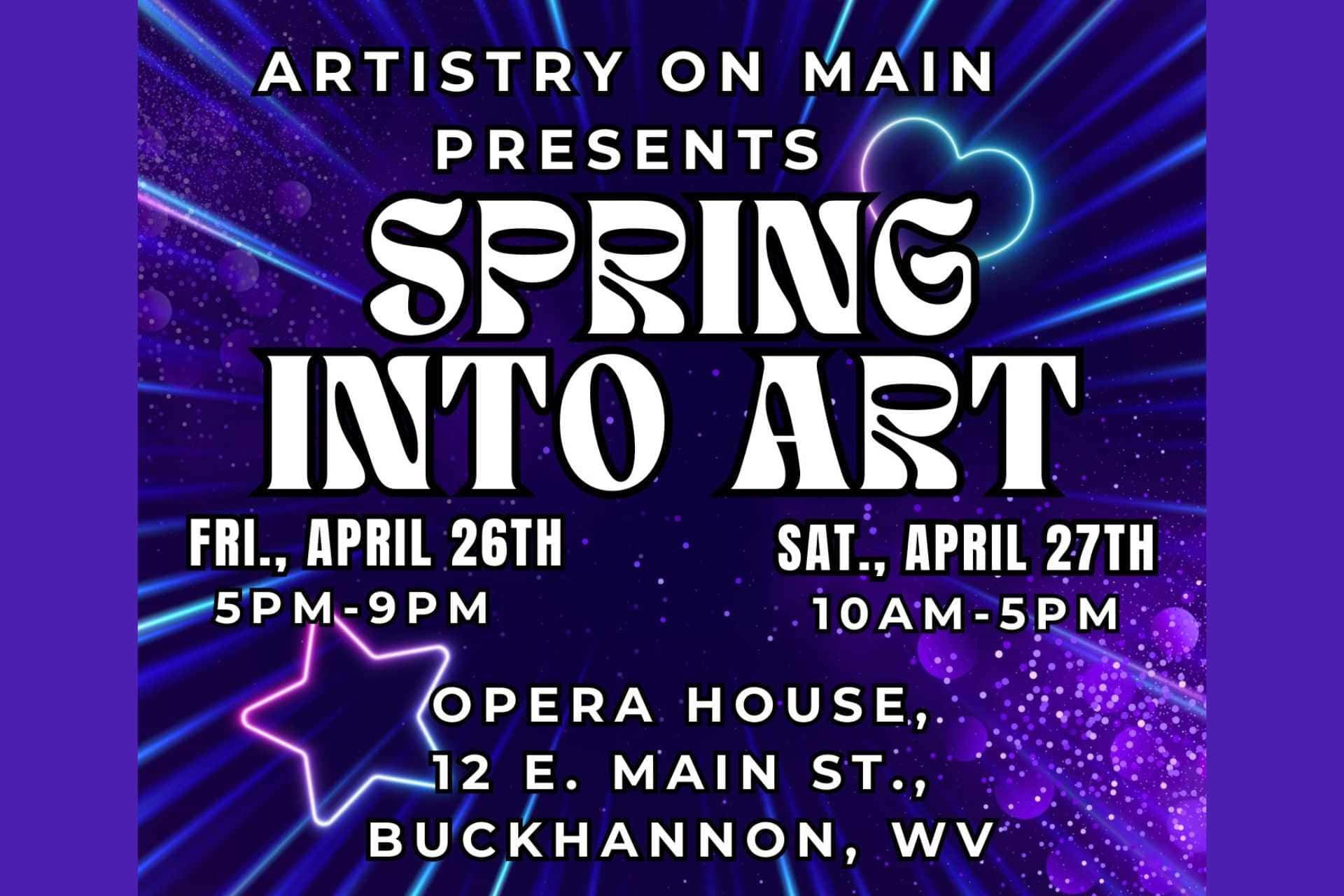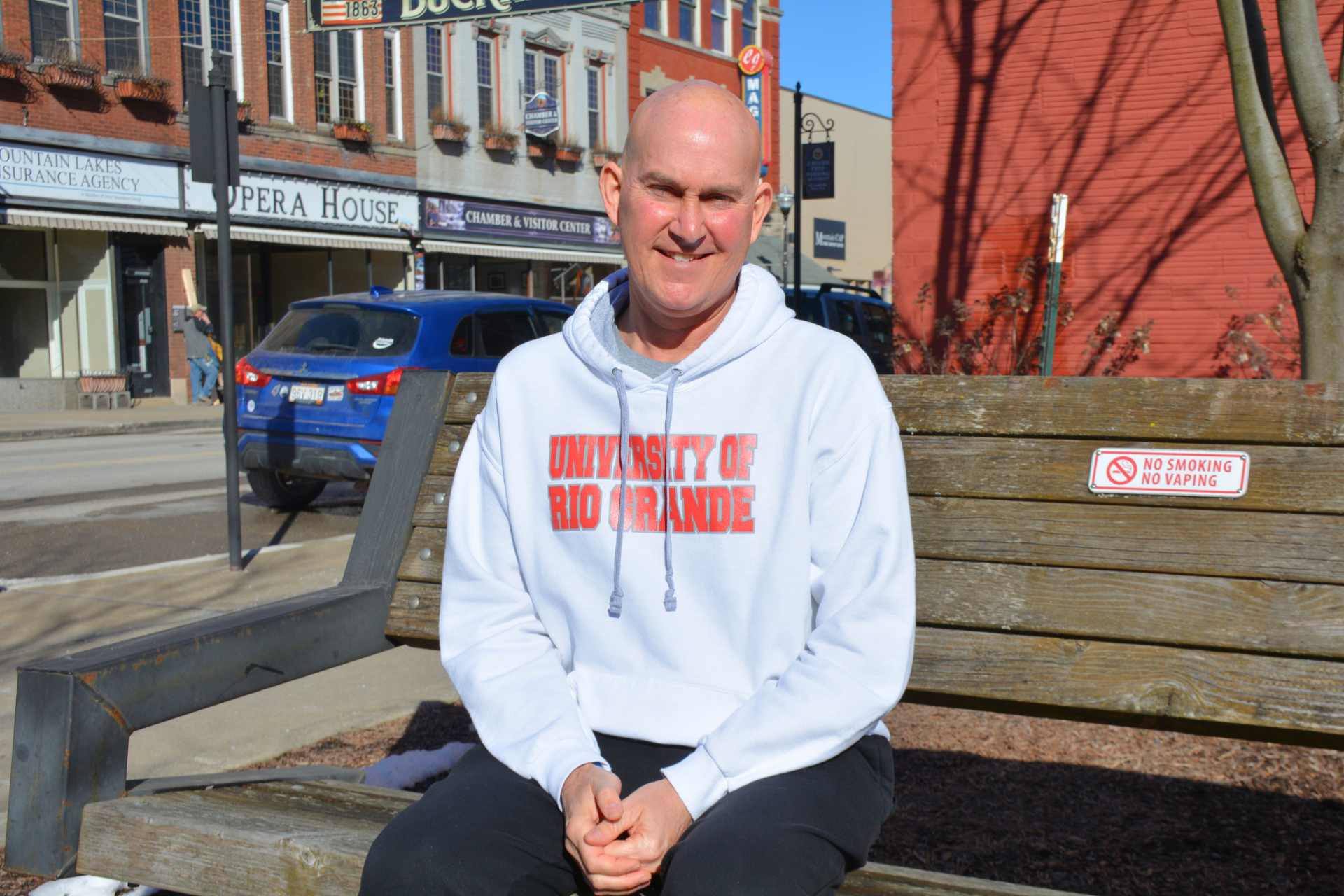BUCKHANNON – Make room in your summer schedule for the masters.
Pieces of art from 12 of the 20th century’s most influential ‘master’ artists will be on display in the M.I.B. Gallery on Main Street starting this Saturday, June 12.
The gallery will house West Virginia Wesleyan College’s one-of-a-kind “For Meyer Schapiro,” collection, which includes original lithographs, etchings and silk-screens created by Andy Warhol, Stanley William Hayter, Jasper Johns, Ellsworth Kelly, Alexander Liberman, Roy Lichtenstein, André Masson, Robert Motherwell, Claes Oldenburg, Robert Rauschenberg, Saul Steinberg and Frank Stella.
The exhibit is titled “20th Century Masters,” and will be featured in the M.I.B. Gallery in the Colonial Arts Center (the old Colonial Theatre) located at 48 E. Main Street from 4 to 8 p.m. on Fridays and Saturdays beginning Saturday, June 12 through Saturday, July 3.
This Saturday’s gallery opening will showcase a special appearance by renowned artist, abstract impressionist Chuck Olson, who will be on hand to discuss the artists and their work – and to contextualize the extraordinary collection in U.S. history.
ART 26201 has worked with Wesleyan to bring the collection into public view, and the group’s president, Bryson VanNostrand, said he was in disbelief when he heard the collection was being stored at the college.
“When we were working on the Charlie Harper mural here in Traders Alley, Brett Miller, the library archivist at Wesleyan, showed us all of Charlie Harper’s original pieces they had, and just in passing he said, ‘By the way, we have this great modern art print collection,’ and I said, ‘Really, who’s in it?’ He started dropping those names, and I fell over,” VanNostrand recounted. “I said, ‘Let me see these things.’”
VanNostrand noted all of the artworks in the collection were created by some of the most influential artists of the abstract expressionist style.
“The world was dominated by key artists that were in the abstract expressionist style,” he said. “Warhol is the most popular, but Lichtenstein, Rauschenberg, Johns, Motherwell, Liberman – all of these guys are huge in their contribution to the world of American art. You cannot go into a modern art museum in this country and not see their work; it’s in every place I’ve seen. All of my adult life I have seen these masters’ work in art museums, and they were right here in Buckhannon.”
VanNostrand said the collection needed to be reframed, so ART 26201 and Wesleyan came to an arrangement.
“It was clear that the condition of the artwork was not in very good shape. The frames were damaged, and the quality of the original framing that had happened in 1976 was not high quality – and maybe that was based on financial limitations, we don’t know – but they wouldn’t have been suitable for exhibition,” VanNostrand said. “So, ART 26201, as a group, made an offer to the college.”
The offer? ART 26201 would reframe the collection in exchange for the ability to exhibit the works publicly.
“We would pay to reframe the entire collection with museum quality materials, if they would be willing to let us exhibit it in the new M.I.B. gallery for a 30-day period, and Dr. [Joel] Thierstein was enthusiastic and grateful that we were wanting to take the lead and get these pieces out into the community,” VanNostrand said.
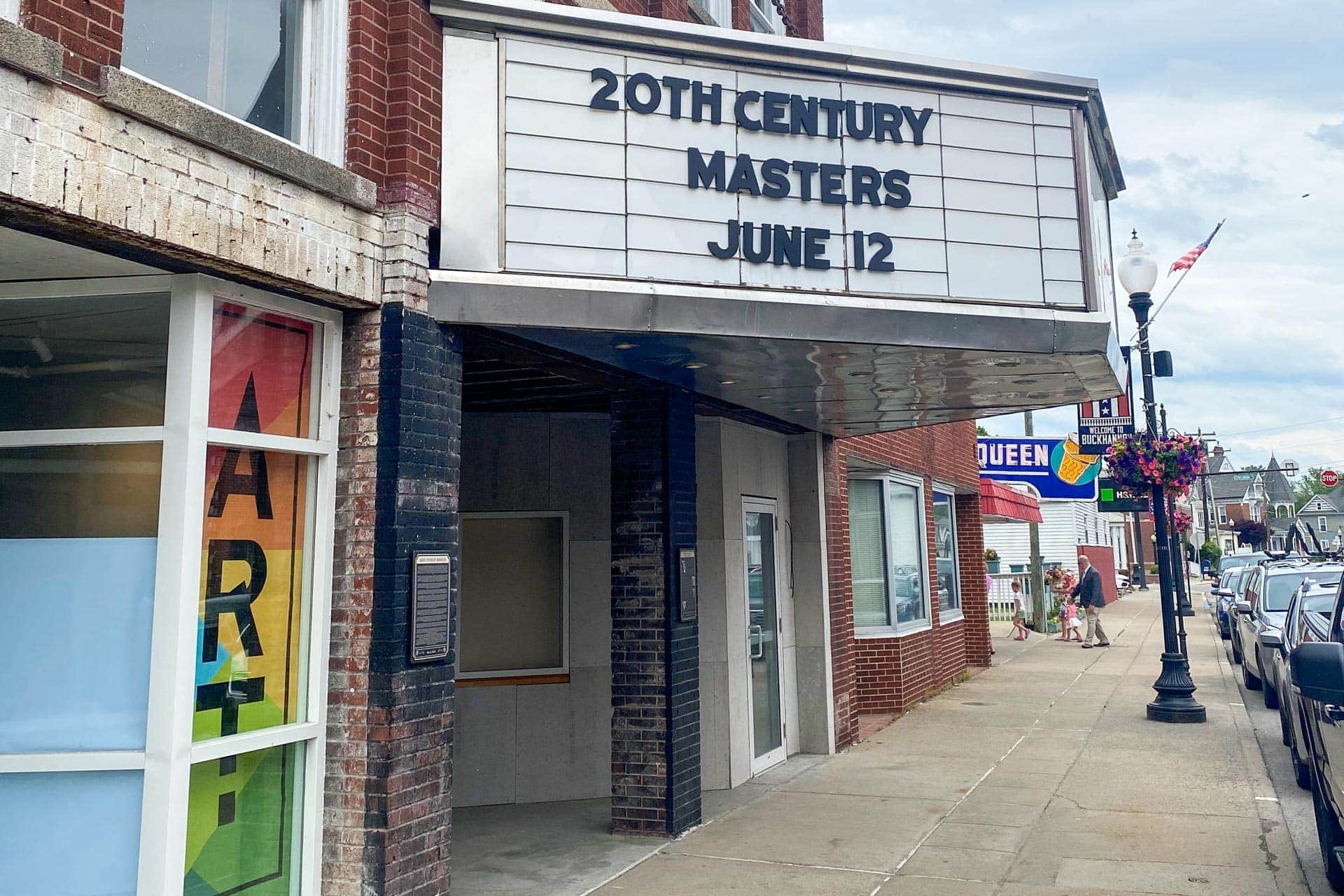
According to press release from Wesleyan, following the exhibit at the M.I.B. Gallery, the “For Meyer Schapiro” collection will go on semi-permanent display in the college’s Annie Merner Pfeiffer Library.
“We hope and strive for art to be part of a daily conversation in our community,” VanNostrand said of the exhibit and ART 26201’s mission. “We want people talking about the arts, we want people thinking about it. We want people wanting to see more art and wanting to go out and interact with artworks all around the city. We truly believe it enhances our quality of living.”
The exhibit will be structured in a way that will enable visitors to learn more about the artwork and the artists by constructing a full floor-to-ceiling narrative about Meyer Schapiro, the 12 masters’ art history teacher; the story about the original portfolio collection; and how it came to Buckhannon. The other side of the gallery will have portraits of all 12 artists.
Olson, one of the most distinguished artists of this era, described the artists in the collection as legendary for their ability to represent the time in which they created art.
“They are recognized throughout the world as representative of something that is truly American,” Olson said. “We just got through Memorial Day, and as people drag the flags out and you look at many of the artists that are in this show, and they were really representing America’s coming of age after World War II and being a world power.”
“They produced work that showed Americans but also showed the world of the expanding and different American vision,” Olson added.
He said any viewer of an abstract expressionist piece can see a multitude of meanings, especially in this time period, when everything was changing. Expressionist artists sought to represent the aspects of world from a subjective perspective, rather than attempting to portray an objective physical reality.
“People can agree or disagree with what they see – because they might want to see a tree in the woods or a deer in the woods, things like that – but that doesn’t really represent what was going on,” Olson said. “You have a period where World War II devastated Europe, and to follow the European modernist future-oriented models of work was not going to hold water because that world was exhausted, and the world of promise, the world of new things, was reflected in the range of American art from 1950 to 1980.”
Olson said the way a person interacts with artwork that is difficult to understand can say a lot about them.
“I used to tell my students in Art History class when I would show the work that was difficult to understand, I would say, ‘I would guess when you’re in front of something that you don’t understand, the way you act is probably indicative of when you stand in front of a thing you’re not familiar with [in everyday life]. Whether it’s race, gender or ethnicity, the way you treat the art you don’t understand is probably the way you treat individuals,”’ Olson said.
“You can cut your teeth on this business, and it’s not that you have to like everything — that’s not the point,” Olson added. “The point is understanding why you don’t like it or understanding why it’s not your cup of tea.”
Olson will speak at the opening of the exhibit at 5 p.m. June 12 to give a lecture about the significance of the collection. Anyone interested in attending the Olson’s presentation is encouraged to make a reservation in advance by emailing info@ART26201.com.
West Virginia Wesleyan College officials on Monday said they were excited to partner with ART26201 to make the collection available to the public. In a press release, Wesleyan’s chief development and marketing officer Talley Sergent said, “Wesleyan is proud to partner with ART26201 and bring these great American artists – and their iconic art – to our community.”
According to an excerpt from ART 26201, the collection came to be when the 12 artists put together their original lithographs, etchings, and silk-screens in an edition of 100 portfolios titled “For Meyer Schapiro,” in honor of Schapiro’s 70th birthday. Schapiro, a great art history teacher, lecturer and scholar, “played a pivotal role in defending and supporting the growth of this avant-garde art movement, and consequently became one of its primary intellectual champions,” the ART 26201 narrative explains.
But how did “For Meyer Schapiro” wind up at Wesleyan?
The collection was on display at the Metropolitan Museum of Art in New York in 1974 and was sold to raise money for the endowment of a chair in Dr. Schapiro’s name in the Department of Art History at Columbia University. The total needed to endow a chair was $750,000, which was reached in 1978 after the portfolios’ sales and an influx of private donations.
Modernist painter Barnett Newman was a good friend of Schapiro but passed away in 1970, so his wife, Annalee Newman, contributed to the fund and subsequently received six portfolios. Newman was impressed with work of the chair of the Art Department at West Virginia Wesleyan College, William B. Oldaker, and consequently decided to donate one of her portfolios to the college in 1976. According to the excerpt, Newman “wanted to give interested young people the opportunity of seeing as much good art – great art – as they possibly can.”
